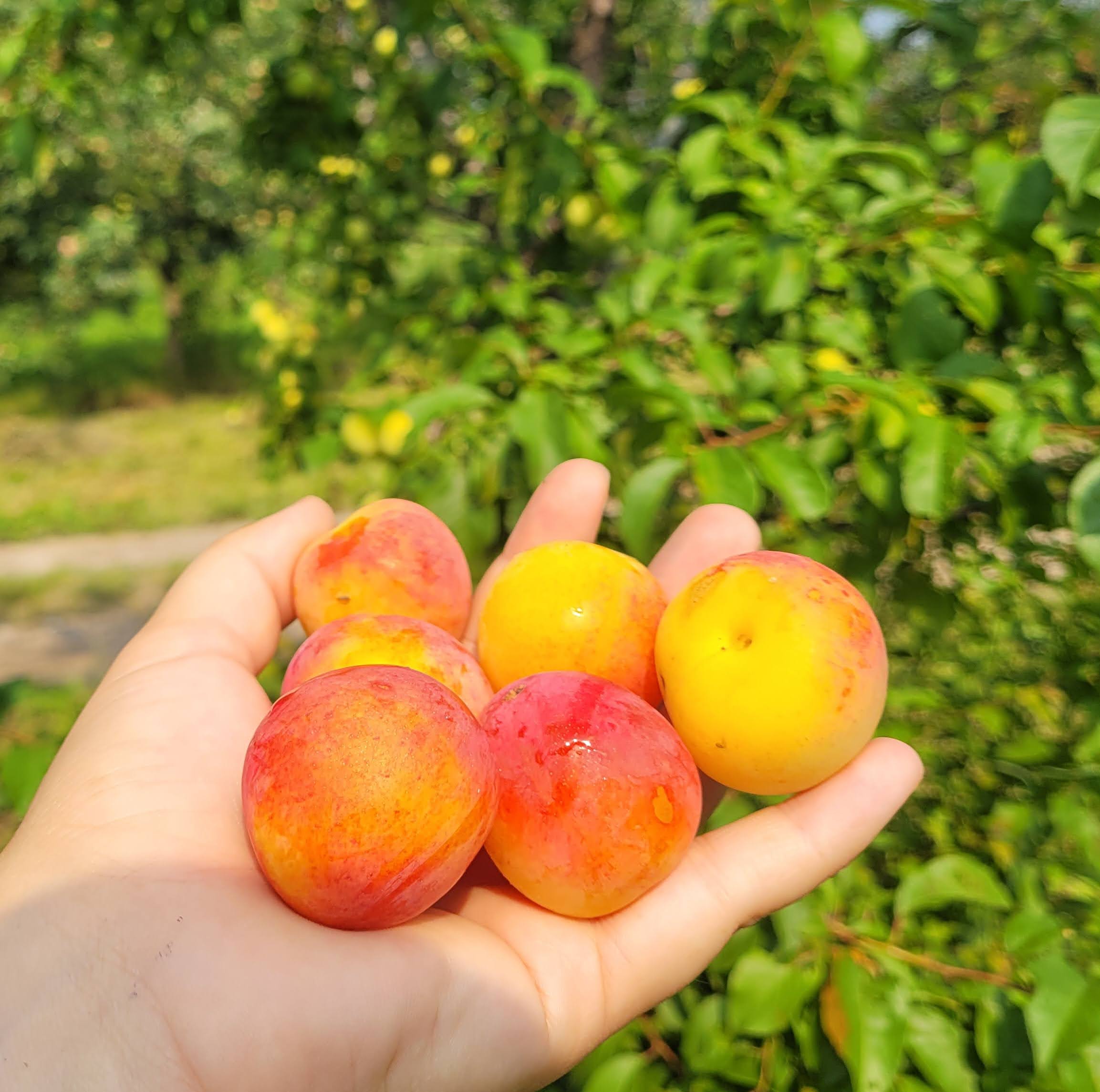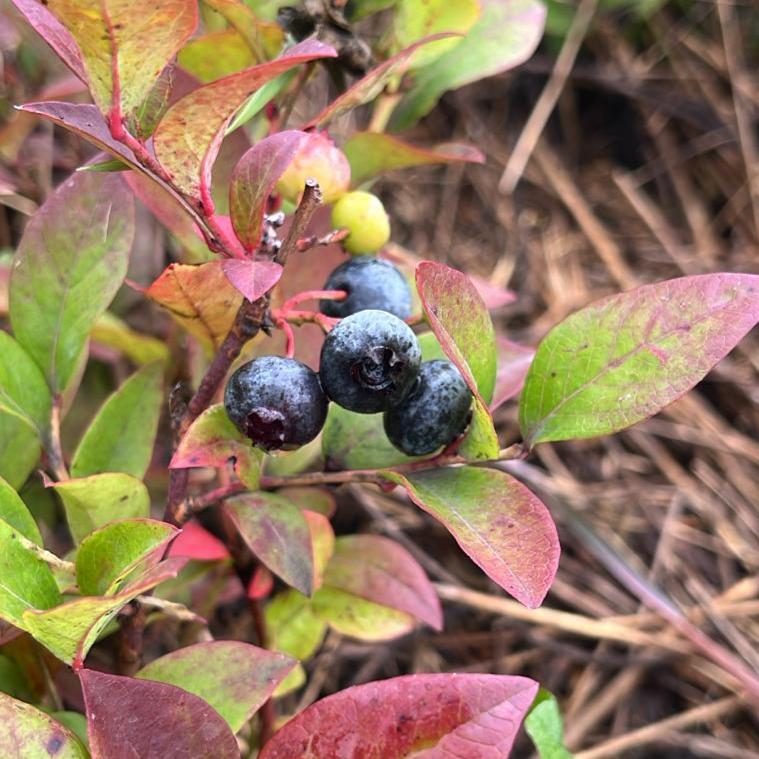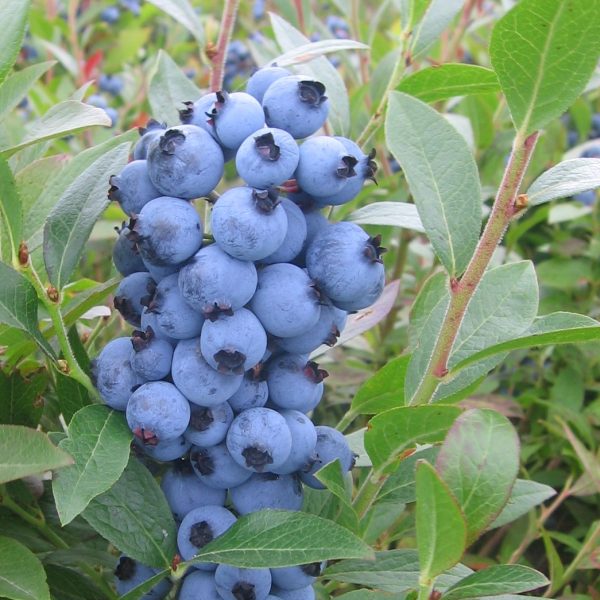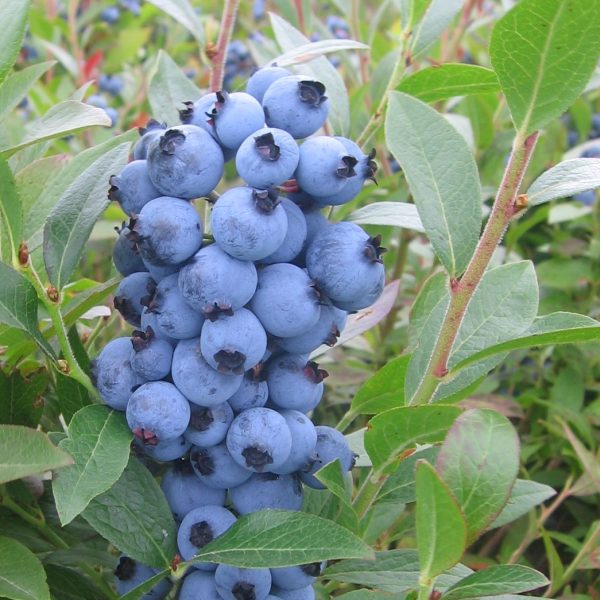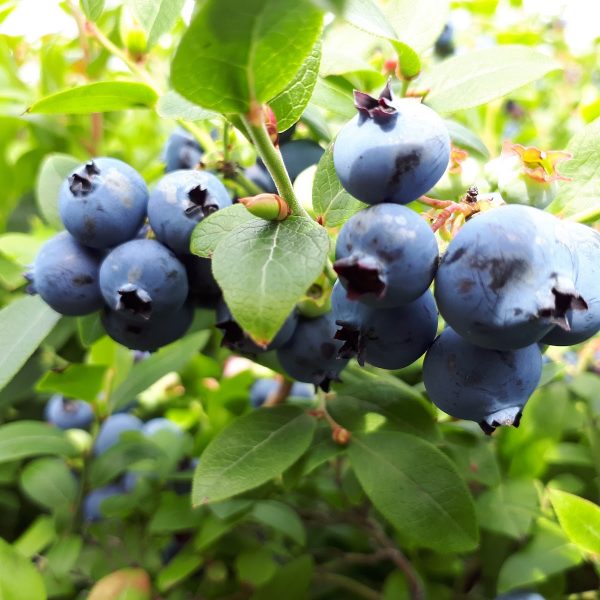All Zone 5 (or hardier) Plants
Sort by:
488 products
488 products
Available only for pick-up at nursery.
Species: Vaccinium corymbosum
History: Elliott originated in 1947 when Dr. George Darrow of the USDA first bred it. Elliott, and the other blueberries Dr. Darrow bred, were first evaluated by Dr. Arthur Elliott and then by members of the USDA such as Arlen Draper who has bred numerous blueberry varieties. It was released in 1973, over 25 years after the it was originally grown. Elliott was selected for the good quality of its fruit and its exceptionally late ripening time, making it a great variety for extending the blueberry season. It was named Elliott to honour Dr. Elliott's contributions to blueberry breeding efforts.
Why We Grow It: Elliott produces large berries with a mild sweet flavour late in the season. They are great for fresh eating, cooking, baking, and preserving! The bush is very productive and the firm fruit stores well. For those who want to enjoy fresh blueberries for as long as possible, Elliott is an excellent choice due to its very late ripening time!
Available only for pick-up at nursery.
Species: Vaccinium corymbosum
History: Duke was developed in Maryland by Arlen Draper, a blueberry breeder working for the USDA, in collaboration with the New Jersey Agricultural Experiment Station. After ten years of testing it was released in 1987 thanks to its early ripening time, general disease resistance, reliable crops, and suitability for commercial sale. It was named Duke after S. Arthur "Duke" Galetta of the Atlantic Blueberry Company in honour of his support for blueberry breeding efforts over the years.
Why We Grow It: Duke produces good-sized crops of large, firm berries that are a good balance of sweet and tart. This is one of the earlier ripening blueberries and it has received the Royal Horticultural Society's Award of Garden Merit. Duke is an extremely reliable producer thanks to it's later bloom time that allows it avoid late spring frosts. Like other blueberries, it is great for a variety of uses including fresh eating, baking, and preserving!
Available only for pick-up at nursery.
Species: Vaccinium corymbosum, hybridized with V. ashei and V. darrowi
History: Draper blueberries were developed at Michigan State University by renowned plant breeder James Hancock who has also developed several other notable blueberry varieties and other fruits such as the Redhaven peach. He worked with Arlen Draper, a blueberry breeder from the US Department of Agriculture, for 14 years to breed and test different varieties for commercial use, picking Draper due to its many excellent qualities. Named for Arlen Draper, this variety has quickly become an extremely popular commercial variety due to the size and quality of the fruit.
Why We Grow It: Draper produces large, firm fruit with an excellent sweet flavour. They are great for eating fresh or can be used in baking, jams, etc like other blueberries! The large size of the berries makes them good for u-pick orchards and the bushes stay slightly smaller than other highbush varieties! They also store better and longer than other blueberry varieties and ripen at the same time.
Available only for pick-up at nursery.
Species: Vaccinium angustifolium
History: Brunswick lowbush blueberry is the second lowbush variety developed at the AAFC Kentville Research and Development Centre in Nova Scotia. It was discovered growing wild on a blueberry farm owned by Shepoddy Blueberry and Lumber Co. in New Brunswick and was selected in 1965 for further testing. Proving to be an excellent variety that grows well and is relatively disease-resistant, it was named for its province of origin and released in 1977.
Why We Grow It: Brunswick produces firm, medium-sized dark blue berries, bursting with sweet flavour. These lowbush blueberries grow into a compact bush, with glossy dark green foliage that turns a lovely red in autumn. Blueberries are great for baking, for example Steph made some wonderful black currant and blueberry tarts that are pictured here!
Species: Aesculus glabra
History: Ohio Buckeye is native to Walpole Island in Ontario and some central and southern states in the United States. The Shawnee name for the tree is 'hetuck' which means 'eye of the buck' due to the nut's resemblance to a deer's eye. Indigenous peoples such as the Lenape traditionally use the nuts for medicinal uses, tanning leather, and jewellery. Ohio Buckeye is the state tree of Ohio and people from Ohio and graduates of Ohio State University are sometimes called 'buckeyes'. Unsurprisingly, the nuts have an important cultural place in Ohio. There is a candy resembling the nuts called 'buckeyes' that are popular and the nuts make numerous appearances in Calvin and Hobbes whose author is from Ohio. Its wood is too soft to be used for much and it has limited uses as a street tree since it is considered messy due to the nuts it drops.
Why We Grow It: Ohio Buckeye is an attractive ornamental tree with its large, palmate leaves and notable yellow flowers in spring. Although the tree is toxic and generally not fed on by wildlife, the large flowers are very attractive to a variety of pollinators including hummingbirds!
Available only for pick-up at nursery.
Species: Acer saccharinum
History: Silver maples are native to southeastern Canada and the central and eastern US and is one of the most common trees in its range due to its quick growth and tolerance of a wide range of conditions. Indigenous peoples traditionally use the trees as a source of food, medicine, and wood for weaving, carving, and lumber. The tree was also commonly planted ornamentally, especially after the decline of elm trees due to Dutch Elm Disease, but fell out of favour due to their need for pruning and weak branches. However, their visual appeal means they are still cultivated and they can be found growing in a variety of climates around the world including Norway, Jerusalem, and Argentina.
Why We Grow It: These fast growing soft maples aren't without their issues. Special care needs to be taken when planting one since they require a lot of space, can clog drain pipes with their roots, and have weak limbs which need to be pruned lest they break off and/or make the tree unsightly. They are also not nearly as useful for maple syrup as their cousin the sugar maple. However, they are an excellent wildlife tree, providing ample habitat and an early source of food. With their height, unique leaves, and general visual appeal, along with their tolerance of many conditions, it is also easy to see why they were once so popular as urban trees.
Seasonal Bonus! We have an abundance of Silver Maples this year, we are offering 40 packs of 30cm+ grade for $240 (50% off!)!
History: Ernie's Favourite was grown as a seedling on a homestead in Mt. Pleasant, ON. It is believed that the seed came from Eastern Europe but it has thrived in our climate for decades and been a family favourite for the original growers. When we asked the farmer what he wanted to call the variety, he requested we name it 'Ernie's Favourite' after his father.
Why We Grow It: Ernie's Favourite produces a medium-sized quince with good flavour. It has dependable crops and does well in our climate - a good, tried-n-true variety!
Available only for pick-up at nursery.
History: Hokuto*, aka Northern Star, was bred as a cross between Fuji and Mutsu at the Aomori Apple Experiment Station in Japan in 1970 and introduced in 1983. This variety's main claim to fame is the immense size of the fruit. In 2005, a Hokuto apple set the Guinness World Record for heaviest apple weighing in at over four pounds!
*The variety name may come from 'hokuto,' the Japanese word for the Big Dipper constellation which is also known as the Seven Stars of the Northern Dipper in parts of Asia. This may have led to its English name 'Northern Star.'
Why We Grow It: Aside from its impressively large fruit, this apple boasts cheery red skin and, like many Japanese varieties, it is very sweet and makes an excellent quality dessert apple.
Photo Credit: https://www.tasteatlas.com/hokuto-apples

